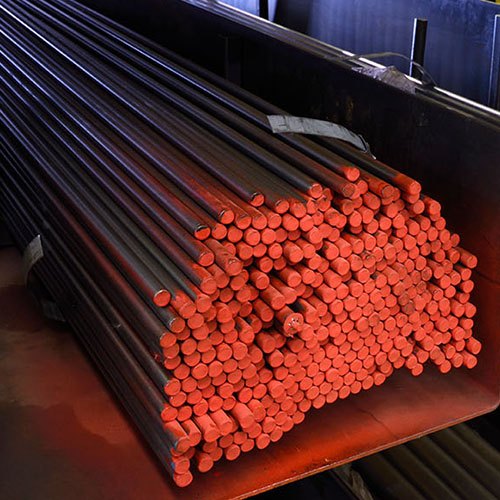Interesting Facts about Steel
![]()
The production of iron began sometime after 2000 BC in south-west or south-central Asia, perhaps in the Caucasus region. This was the beginning of the Iron Age, when iron replaced bronze for implements and weapons. Iron, when alloyed with carbon, is harder, more durable, and holds a sharper edge than bronze. Iron formed the material basis of human civilization in Europe, Asia, and Africa for over three thousand years, until replaced by steel after 1870.
Do you have any interesting facts about steel – or that you would like to know about? Just tell the Sales team!
Steel, with .2 to 1.5 % carbon, makes it harder than wrought iron, yet malleable and flexible, unlike cast iron. Wrought iron has a little carbon,.02 to .08 %, just enough to make it hard without losing its malleability. Cast iron, in contrast, has a lot of carbon, 3 to 4.5%, which makes it hard but brittle and non-malleable. Steel proves more useful than either wrought or cast iron, yet prior to 1856, there was no easy way to control the carbon level in iron. Manufacturing steel cheaply and efficiently was not possible. Yet the growth of railways in the 1800s created a huge market for steel. The first ran on wrought iron rails which were too soft to be durable. On some busy stretches, and on the outer edges of curves, the wrought iron rails had to be replaced every six to eight weeks. Steel rails would have been far more durable, yet the labour and the energy-intensive process made steel prohibitively expensive for such large-scale uses.
In our next news item we will go into the Bessamer process that made mass production of steel possible.
Your Cutting Edge Steel Solutions …………… A dedicated service to exceed customers’ requirements
-
Posted by Killian Ward
2nd August 2013

